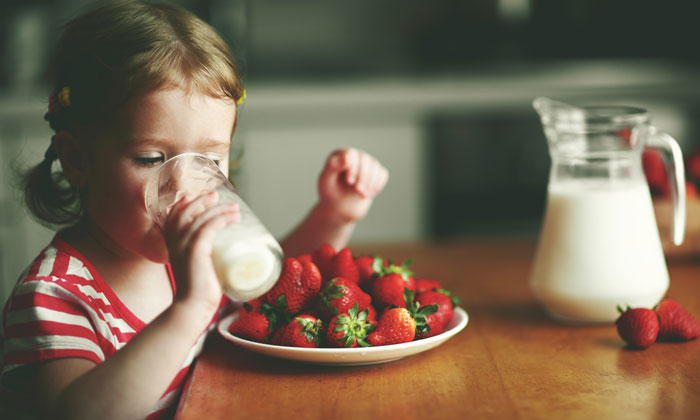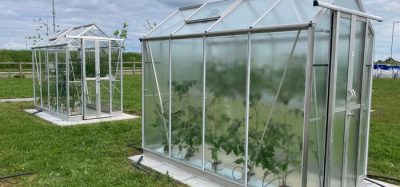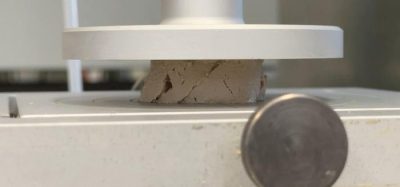#WorldMilkDay highlights the benefits of dairy
- Like
- Digg
- Del
- Tumblr
- VKontakte
- Buffer
- Love This
- Odnoklassniki
- Meneame
- Blogger
- Amazon
- Yahoo Mail
- Gmail
- AOL
- Newsvine
- HackerNews
- Evernote
- MySpace
- Mail.ru
- Viadeo
- Line
- Comments
- Yummly
- SMS
- Viber
- Telegram
- Subscribe
- Skype
- Facebook Messenger
- Kakao
- LiveJournal
- Yammer
- Edgar
- Fintel
- Mix
- Instapaper
- Copy Link
Posted: 1 June 2017 | New Food | No comments yet
While dairy products are naturally rich in calcium among other vitamins and minerals, they can be fortified to deliver even more nutrition that individuals and families in certain parts of the world may be lacking.


Affordable dairy products can also help address local micronutrient deficiencies, particularly in developing countries.
Nutrition knowledge and fortified milk products are just some of the ways Nestlé is working towards its 2030 ambition of helping 50 million children lead healthier lives.
Micronutrient deficiencies are prevalent everywhere but are ever-present in the developing world, where many cannot afford to augment dietary staples with the vitamins and minerals they need in their diets. Micronutrients such as iron help produce red blood cells, while Vitamin A helps us all grow and keeps our eyes healthy. So a lack of any of these vital components in our diets can cause serious health problems.
Nestlé children’s milk brands Nido, Ninho, Bear Brand, Klim and Ideal are fortified with iron, zinc, vitamin A and other micronutrients as appropriate for the micronutrient deficiencies prevalent across different regions of the world. Nestlé makes these milks available in affordable formats so that everyone can access the nutrition they need. Today our affordable fortified milks are sold in more than 67 countries, making a positive difference in the lives of children.
#WorldMilkDay also gives us the opportunity to highlight how farmers and communities that provide milk to Nestlé benefit both as a business as well as nutritionally. We rely on people living and working in rural communities to produce the ingredients that go into our food. We have a unique, close relationship with our farmers, their families and their workers which means we are able to invest in projects we know will really make a difference. Nestlé sources more than 14 million tonnes of fresh milk equivalents from more than 30 countries every year. We purchase more than half of our milk locally as fresh milk (close to 7 million tonnes per year). More than 300,000 farmers – most of whom operate small farms – provide us with a reliable, safe and high-quality milk supply through a system called ‘the milk district’, first used back in the 1800s in Switzerland.
We now work with farmers, milk districts and dairy industries in over 30 countries. For example in Heilongjiang, China nearly 300 farmers deliver their fresh milk direct to the factory. Nestlé invests nearly CHF 200 million a year into the local economy through milk payments, taxes, services and salaries. In Northern India, the Nestlé milk-processing factory in Moga opened in 1959. Since then the supplier base has grown from 4,600 farmers providing 2,000 tonnes of milk to 100,000 farmers in 2,600 villages producing more than 300,000 tonnes.
Training sessions run by Nestlé have helped farmers improve their farming practices and milk quality. Separately, the Village Women Development Programme has trained 30,000 women dairy farmers on business skills and nutrition education. By supporting farmers, we build stronger communities. These communities can then help us to ensure the supply of ingredients we need for our products over the long term whilst at the same time ensuring they thrive themselves.
Related topics
Health & Nutrition, Nutraceuticals, Sustainability, The consumer









